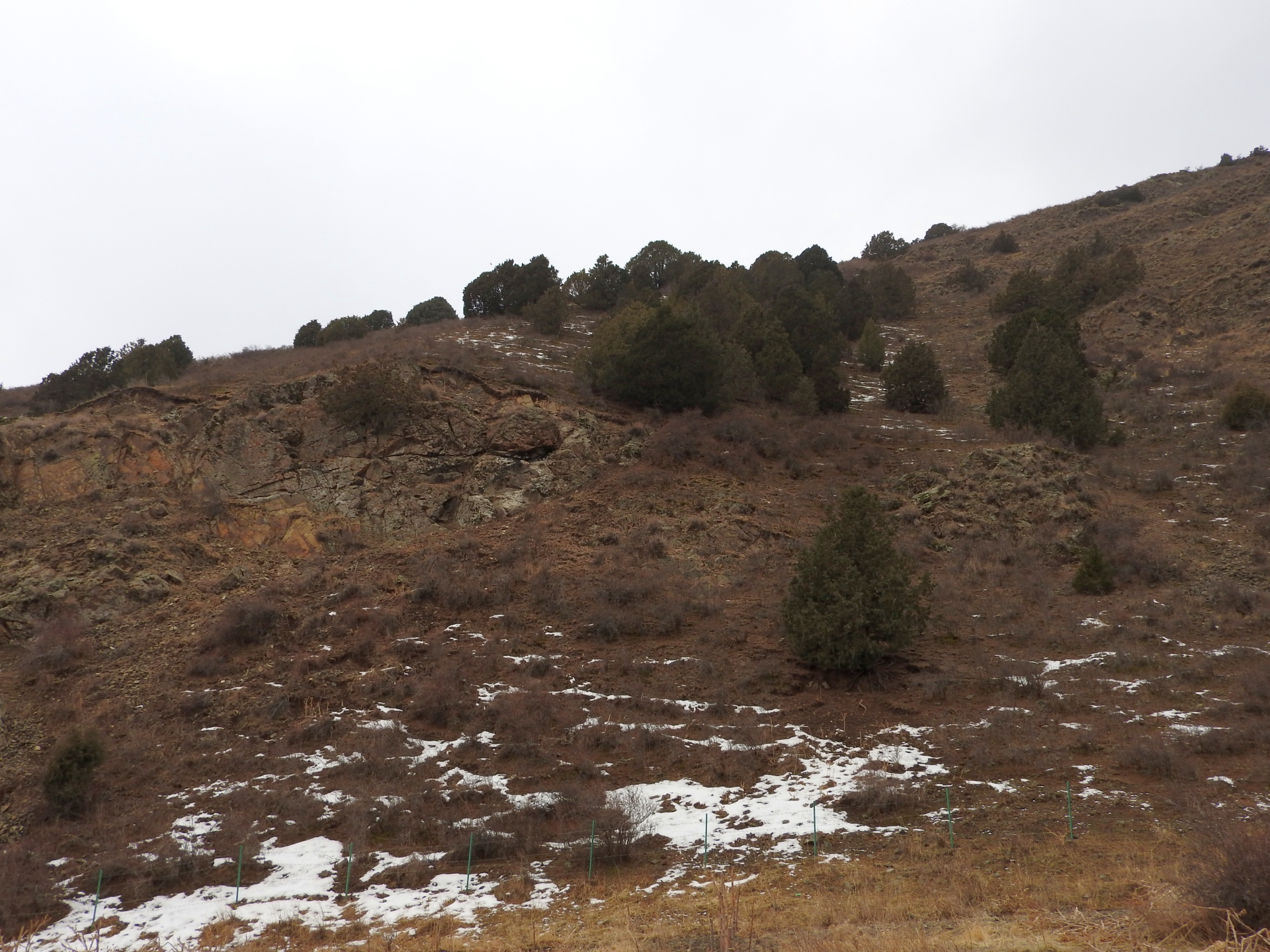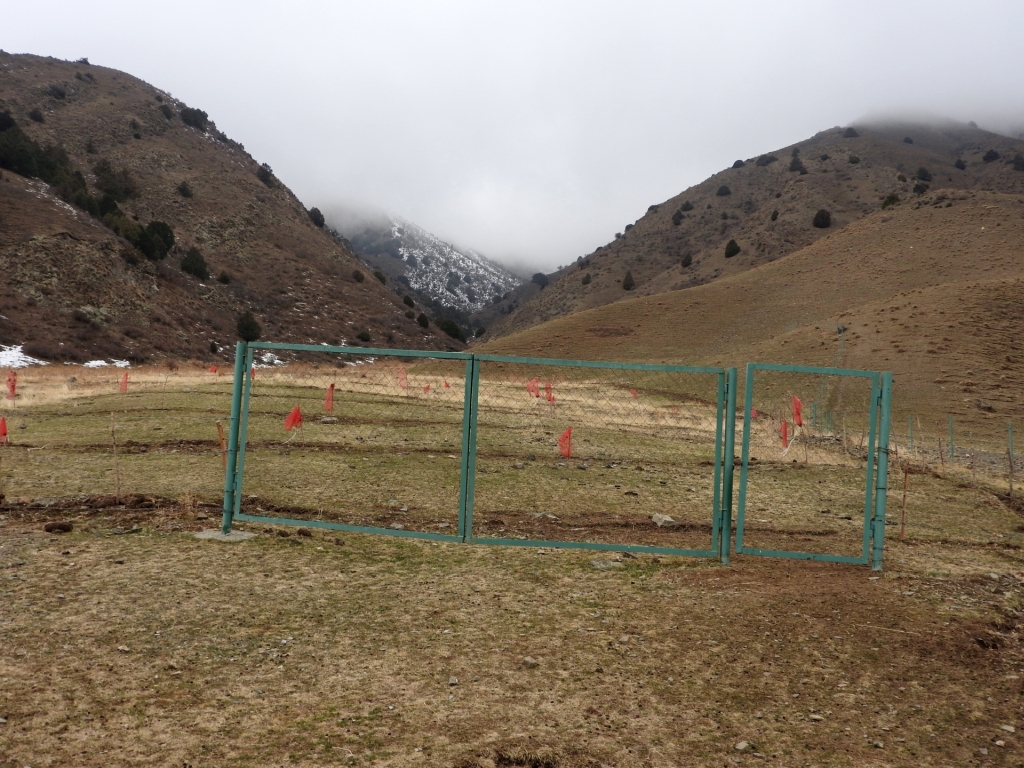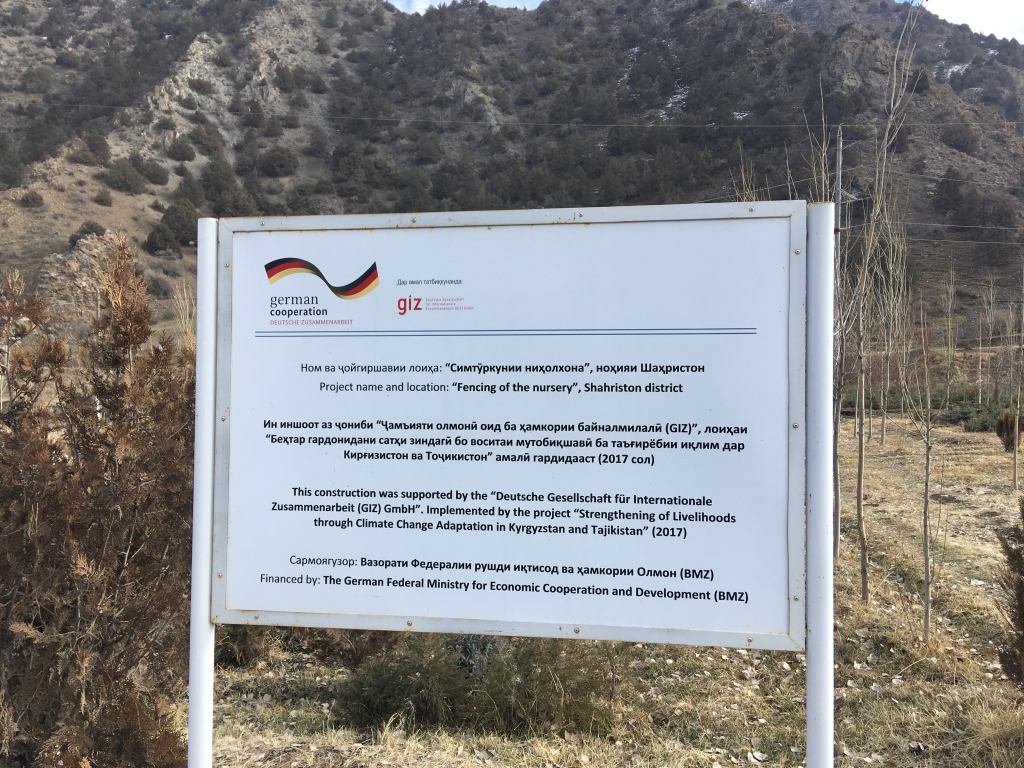



The lands where the disaster risk is most critical are typically located downstream and do not belong to the forestry enterprise. The areas where flash floods and debris flows originate are the upstream located upper catchment areas. Many of these areas are managed by the forestry enterprise. Its involvement is therefore crucial.
The forestry enterprise aims at better management of the upper catchments by regulation of grazing, prevention of deforestation and by reforestation activities.
Furthermore in the case of the solution the forestry enterprise provided land for lease to interested community members, which would rehabilitate the land, plant trees and grow fodder for their livestock while preventing overgrazing and destruction of the vegetation.
The key enabling factor is the collaboration between forestry enterprise and local land users, including lease agreements, which provide clear benefits for the users.
The forestry enterprise in Shahriston has long experience in the propagation of native juniper trees and the successful rehabilitation of juniper woodlands using these seedlings. With the assistance by GIZ the forest nursery was fenced to prevent damage by free-ranging livestock and increase the production of native tree seedlings.
Collaboration requires clear mechanisms and the consideration of the interests of different stakeholders. Land-users are ready to take over responsibility on forestry lands only in case of clear agreements securing long-term benefits.
The forestry enterprise in some cases experiences a conflict of interest, which is difficult to address. Much of its income is from the grazing permits issued to livestock owners grazing their livestock on forestry lands. Additionally there is also informal social pressure on the forestry enterprise to allow access for increasing livestock numbers. This conflicts with the function of the forestry enterprise to protect rangelands, woodlands and forests and their ecosystem services. As long as these ecosystem services are not sufficiently honored there will be land degradation increasing the disaster risk. This problem is particularly difficult to address in a transboundary context where upper catchment and affected villages are in different jurisdictions.